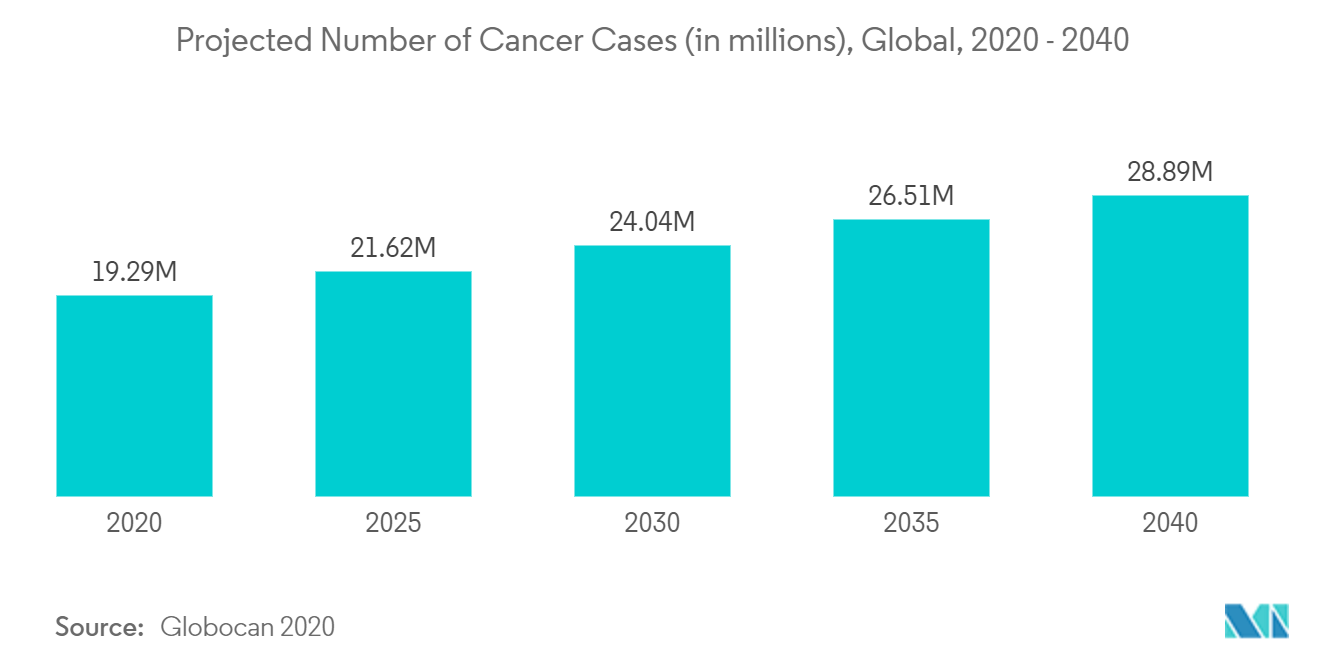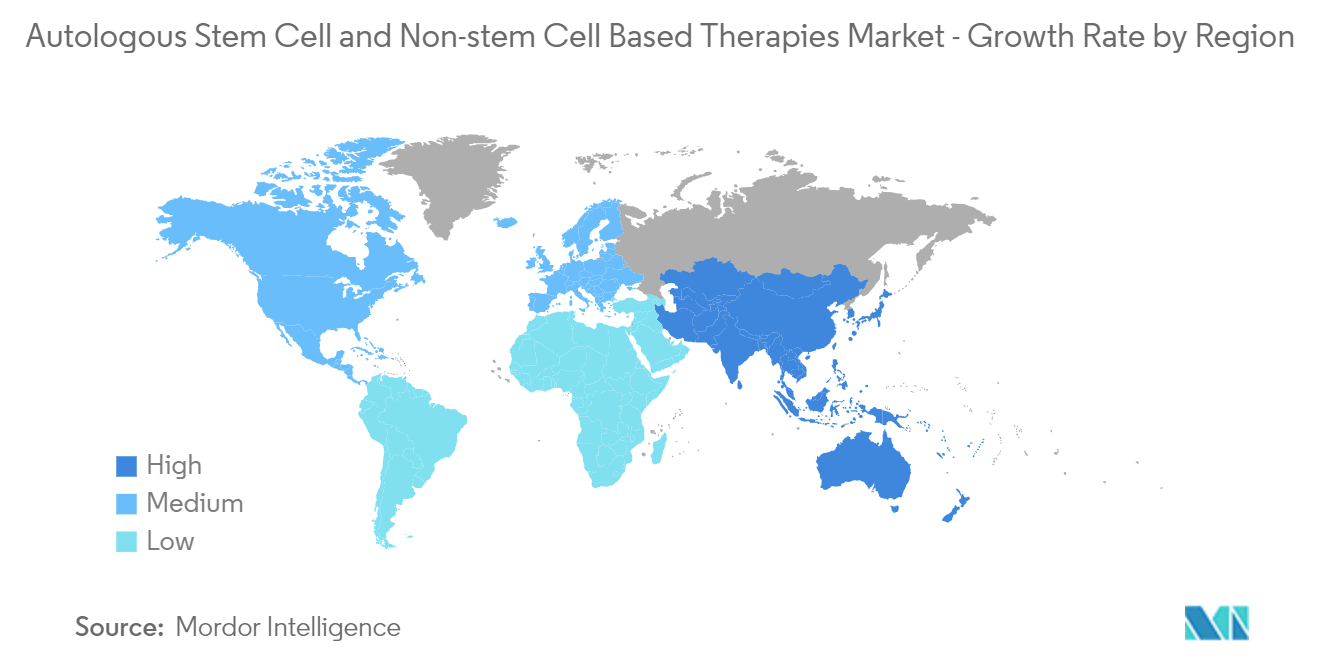Market Trends of Autologous Stem Cell and Non-Stem Cell Based Therapies Industry
This section covers the major market trends shaping the Autologous Stem Cell & Non Stem Cell Based Therapies Market according to our research experts:
Cancer Segment Holds Significant Share in the Autologous Stem Cell and Non-Stem Cell Based Therapies Market
Cancer is a leading cause of death all around the world. According to the Cancer Facts & Figures published by the CDC, an estimated 1.9 million new cancer cases will be diagnosed, and 609,360 cancer deaths will occur in the United States in 2022. By 2030, the global burden is expected to grow to 21.7 million new cancer cases. It is expected to reach 28.4 million cases in 2040, a 47% rise from 2020, according to an article published in the American Cancer Society journal in 2021. Appropriate treatments with the use of patient stem cells and public health action by governments and health practitioners may prevent as many as one-third of cancers worldwide.
The large population affected by cancer in developing countries is expected to have a major impact on the growth of the studied market. The NCI reports that more than 60% of the world's new cancer cases occur in Africa, Asia, and Central and South America; 70% of cancer deaths also occur in these regions. According to the IARC, by 2030, the global burden of cancer is expected to rise to 21.7 million new cases and 13 million cancer deaths due to the growth and aging of the population, leaving aside factors such as smoking, poor diet, physical inactivity, and fewer childbirths in economically developing countries. According to the WHO, 70% of deaths from cancer occur in low- and middle-income countries, and only one in five low- and middle-income countries has the necessary data to drive cancer policy. This global and extensive threat of cancer remains a major market driver for new cancer therapies that help in risk assessment, early diagnosis, and effective monitoring of treatment. The extensive spread of the disease across the world is expected to boost the segment's growth during the forecast period.
Several key market players have been contributing to the growth of the segment. For instance, in June 2021, Kite, a Gilead Company, announced top-line results from the primary analysis of ZUMA-7, a randomized Phase 3 global, multicenter study showing the superiority of Yescarta (axicabtagene ciloleucel), a CD19-directed genetically modified autologous T cell immunotherapy, compared to the standard of care in second-line relapsed or refractory large B-cell lymphoma.
Such activities are expected to promote the growth of the autologous stem cell and non-stem cell-based therapies market during the forecast period.

North America Dominates the Autologous Stem Cell and Non-Stem Cell Based Therapies Market
North America dominated the autologous stem cell and non-stem cell-based therapies market, with the United States contributing the largest share of the market.
The rising number of chronic disease cases in North America is contributing to the growth of the market. As per the data published by the Canadian Cancer Society, in 2022, approximately 30,000 Canadians were estimated to be diagnosed with lung cancer. This represents 13% of all new cancer cases in the country, indicating a large potential market demand for stem cell therapies.
Around 37.3 million people in the United States were found to have diabetes, and around 96 million adults were found to have pre-diabetes, as per CDC data published in January 2022. According to the National Kidney Foundation, in 2021, 36 million adults in the United States were estimated to have chronic kidney disease. Around 15.7 million Americans are affected by chronic lower respiratory diseases. Owing to their high proliferation and differentiation capacities, paracrine activity, and immunologic privilege, autologous stem cell therapies are considered for the clinical treatment of various chronic diseases. The large population affected by chronic diseases and the increase in the necessity of autologous stem cell and non-stem cell-based therapy for the efficient treatment of such diseases are expected to propel the growth of the market in the region.
The recent programs for the development of novel technologies based on autologous stem cell therapies are expected to drive the market's growth in the region. For instance, in March 2021, Health Canada held a workshop on the regulation of autologous stem cell-based therapies prepared by physicians at the point of care for use in orthopedic applications, including for osteoarthritis and pain. The workshop helped address misconceptions about autologous stem cell-based products and identified potential barriers to providing access to patients in Canada. Researchers hoped that the transplanted stem cells might develop into new neurons that could replace lost nerve connections and restore at least some motor and sensory functions.
Thus, the market studied is anticipated to grow in North America due to the aforementioned factors.


